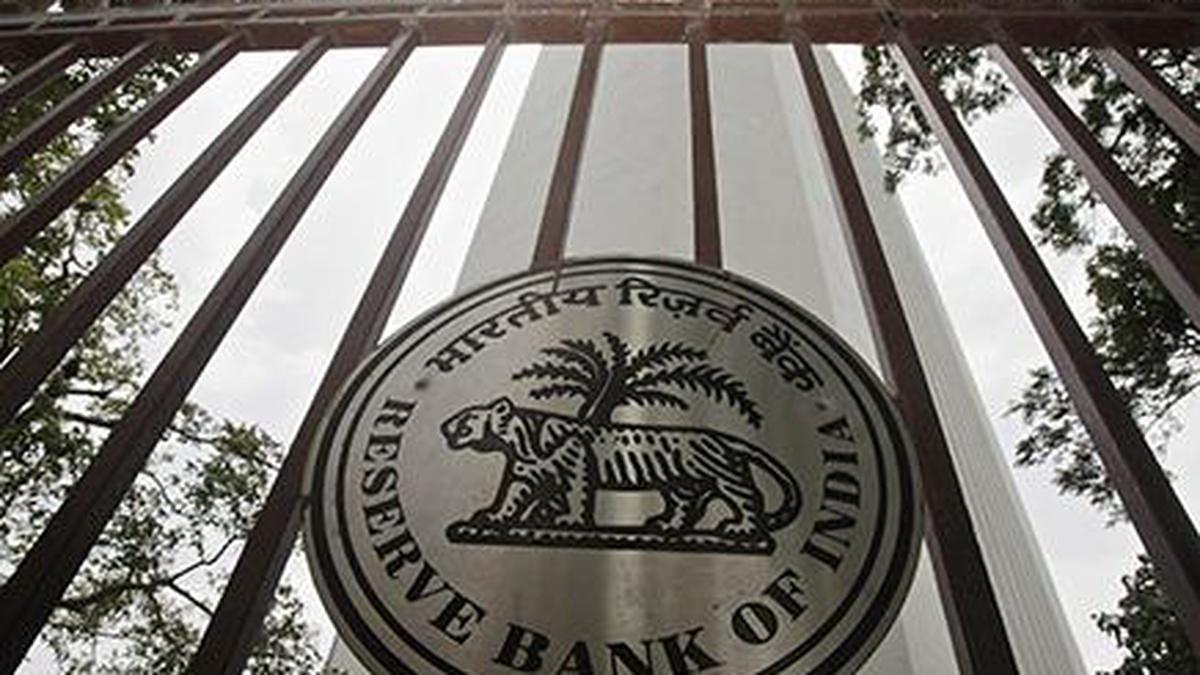SEBI’s Mutual Fund Regulations: Comprehensive Guide to Compliance Requirements for Asset Management Companies
Introduction
The Securities and Exchange Board of India’s (SEBI) Master Circular on Mutual Funds consolidates various circulars, guidelines, and regulations governing the mutual fund industry in India. This regulatory framework ensures investor protection, market integrity, and transparent operations in one of India’s most popular investment vehicles.
What is the SEBI Mutual Fund Regulatory Framework?
SEBI’s Mutual Fund regulations establish the governance structure, operational requirements, investment restrictions, disclosure norms, and investor protection measures applicable to Asset Management Companies (AMCs), Trustees, and other stakeholders in the mutual fund ecosystem. The framework covers the entire lifecycle of mutual fund schemes from registration to winding up.
Why is Mutual Fund Regulation Required?
- Protects retail investor interests in a complex financial product
- Ensures transparent disclosures and fair valuation practices
- Prevents conflicts of interest and misalignment of incentives
- Maintains market integrity and stability of the fund management industry
- Promotes investor confidence through standardized practices
Key Requirements Under the Mutual Fund Regulations
Organizational Structure and Governance
- AMC registration requirements and eligibility criteria
- Minimum net worth requirement of ₹50 crore for AMCs
- Independent trustee requirements and responsibilities
- Separation of fund management and sponsor activities
- Code of conduct for AMCs and trustees
Scheme-Related Requirements
- Scheme categorization and characteristics
- Investment objectives and asset allocation patterns
- Scheme approval process and launch requirements
- Fundamental attributes of schemes and change procedures
- Winding up provisions and investor rights
Investment Restrictions and Valuation
- Single issuer and sector exposure limits
- Limitations on investments in group companies
- Derivatives usage guidelines and restrictions
- Valuation principles and methodology for securities
- Fair treatment across investors in the same scheme
Risk Management Framework
- Risk management policy requirements
- Liquidity risk management guidelines
- Stress testing requirements for debt schemes
- Risk-based supervision framework
- Portfolio rebalancing timelines
Disclosures and Reporting
- Scheme Information Document (SID) requirements
- Key Information Memorandum (KIM) standards
- Portfolio disclosure frequency and format
- Performance reporting metrics and benchmarking
- Total Expense Ratio (TER) disclosure standards
Investor Protection Measures
- Investor grievance redressal mechanism
- Cut-off timings for transactions
- Exit load structures and restrictions
- Distributor commission disclosure
- Direct plan requirements
Specific Regulations by Fund Category
Equity Funds
- Minimum 65% investment in equity and equity-related instruments
- Categorization based on market capitalization
- Re-categorization requirements for style drift
- Benchmark selection guidelines
- Disclosure of portfolio turnover ratio
Debt Funds
- Categorization based on duration and credit risk
- Credit risk monitoring requirements
- Mark-to-market valuation for debt securities
- Side pocket provisions for stressed assets
- Amortization guidelines for short-term securities
Hybrid Funds
- Asset allocation range requirements
- Rebalancing frequency guidelines
- Risk disclosure requirements
- Dynamic asset allocation parameters
- Balanced advantage/dynamic asset allocation guidelines
Exchange Traded Funds (ETFs)
- Authorized participant requirements
- Creation and redemption mechanism
- Tracking error monitoring and disclosure
- Market making provisions
- Indicative NAV publication frequency
Penalties for Non-Compliance
- Monetary penalties up to ₹1 crore or three times the gains made
- Suspension or cancellation of AMC registration
- Prohibition from launching new schemes
- Directive to wind up non-compliant schemes
- Disqualification of key personnel and trustees
Recent Updates and Amendments
- Passive fund governance enhancements
- Risk-o-meter implementation and risk-based labeling
- Stewardship code for institutional investors
- Environmental, Social, and Governance (ESG) disclosure framework
- New categories for special situation funds
Industry Best Practices
- Robust internal credit assessment frameworks
- Enhanced stress testing beyond regulatory requirements
- Investor education initiatives beyond mandatory disclosures
- Digital innovation in investor communications
- Integration of ESG factors in investment decisions
Conclusion
SEBI’s regulatory framework for mutual funds continues to evolve in response to changing market dynamics and investor needs. Asset Management Companies that embrace these regulations as an opportunity to enhance governance and transparency, rather than viewing them as mere compliance requirements, will be better positioned to build trust with investors and contribute to the long-term growth of India’s mutual fund industry.














